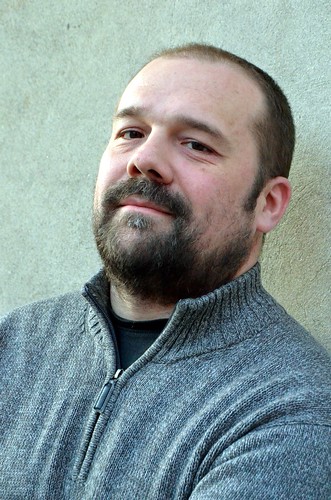Arduino is an open-source electronics platform based on easy-to-use hardware and software. You can tell your board what to do by sending a set of instructions to the microcontroller on the board. To do so you use the Arduino programming language (based on Wiring), and the Arduino Software (IDE), based on Processing.
Over the years Arduino has been the brain of thousands of projects, from everyday objects to complex scientific instruments. A worldwide community of makers:
Student
Hobbyists
Artist
Programmers
Professionals
Arduino was born at the Ivrea Interaction Design Institute as an easy tool for fast prototyping, aimed at students without a background in electronics and programming. As soon as it reached a wider community, the Arduino board started changing to adapt to new needs and challenges, differentiating its offer from simple 8-bit boards to products for IoT applications, wearable, 3D printing, and embedded environments.
with David Mellis, another IDII student, and David Cuartielles, extended Wiring by adding support for the cheaper ATmega8 microcontroller. The new project, forked from Wiring, was called Arduino.
Massimo Banzi is the co-founder of the Arduino project. He is an Interaction Designer, Educator and Open Source Hardware advocate. He has worked as a consultant for clients such as: Prada, Artemide, Persol, Whirlpool, V&A Museum and Adidas.
Massimo is also the author of “Getting Started with Arduino” published by O’Reilly. He is a regular contributor to the italian edition of Wired Magazine and Che Futuro, an online magazine about innovation.

Arduino was invented in 2005. It was created by a group of students at the Interaction Design Institute Ivrea in Ivrea, Italy. The team consisted of Massimo Banzi, David Cuartielles, Tom Igoe, Gianluca Martino, David Mellis, and Nicholas Zambetti. They developed the Arduino platform as a tool for non-technical individuals to create interactive projects using electronics.
Since its inception, Arduino has gained significant popularity and has become a widely used platform for hobbyists, students, artists, and professionals alike. It offers a user-friendly programming environment, a range of microcontroller boards, and a vast community of users and developers who contribute to its growth and development.
